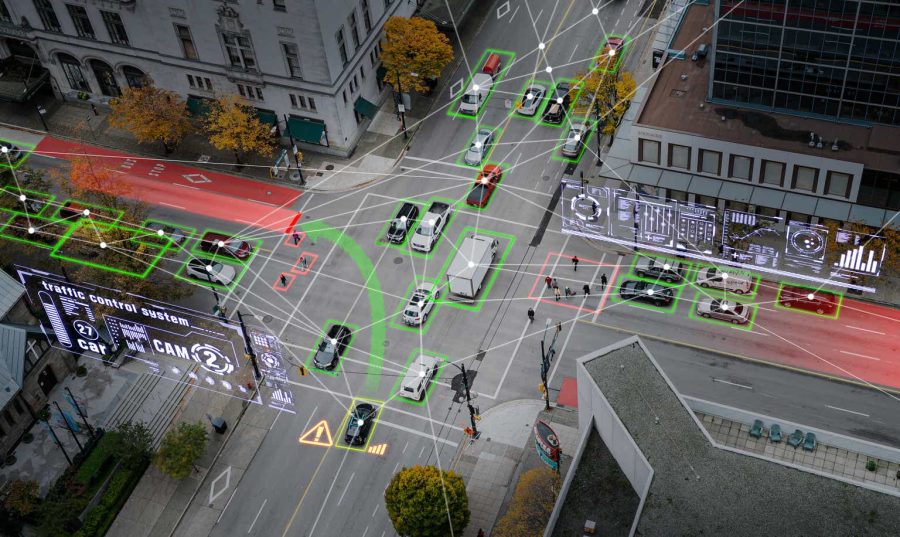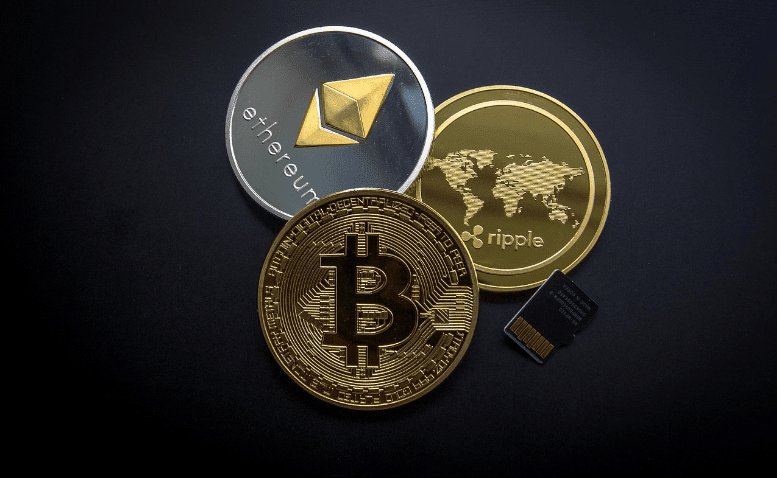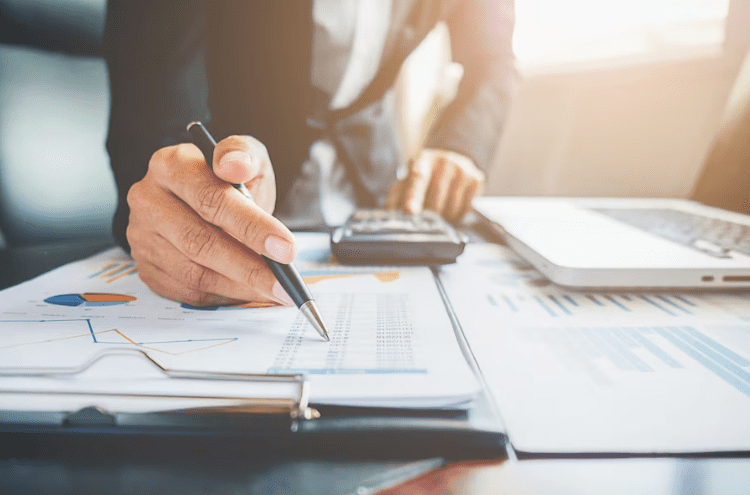July 14, 2024 This Week Top S&P 500 Gainers & Losers
Tesla: Time To Take Profits
Microsoft: The Q4 Results Should Surprise You
Tesla: Optimus And FSD Probably Won’t Save The Day
April 23, 2024 Maximizing Profits: When is the Right Time to Sell Your Business?
April 12, 2024 Improve Your Financial Status: A How-To Guide
April 12, 2024 How ZIM Integrated Container Tracking is Revolutionizing Global Trade
March 15, 2024 6 Best Growth Stocks To Buy Now According to Metatrader 5
The Looming Crisis: Nearing $1 Trillion in Credit Card Debt Amid Soaring Inflation
June 13, 2023
The purchasing power of Americans is dwindling, resulting in a concerning rise in credit card debt. The Federal Reserve Bank of New York reveals that consumers’ debt has hit a staggering $988 billion, an increase of 17% from the previous year, amounting to roughly $5,700 per individual. This escalating debt, which had momentarily plateaued during the pandemic, is now triggering significant concern as it inches dangerously close to the ominous $1 trillion mark.
Dissecting the Debt Surge
Record-high inflation is forcing more consumers to depend on credit for non-discretionary spending. Simultaneously, some individuals are struggling to adjust their lifestyles amidst mounting prices. The problem is exacerbated by soaring interest rates, with the average annual percentage rate (APR) now over 20%, turning consumer debt into a costly liability. This APR is the highest since the Federal Reserve initiated tracking of card APRs in 1994 and plays a significant role in contributing to the U.S. household debt that exceeded $17 trillion in Q1.
Global Economic Turbulence: Insights from PIMCO and SA Analysts
In its recent article, “The Aftershock Economy,” PIMCO observes, “The first few years of the 2020s have seen a series of acute economic, financial, and geopolitical disruptions on a global scale, and the full fallout from these upheavals remains to be seen.” SA analyst Wolf Richter concurs but notes, “Despite Fed tightening and bank collapses, the financial climate remains astonishingly loose.” Investors can find useful information from the latest SA analysis on credit card giants like Visa (NYSE:V), Mastercard (NYSE:MA), American Express (NYSE:AXP), and Discover (NYSE:DFS).
Predicting the Fiscal Future: Recession or Resilience?
Although economists have been forecasting a recession for over a year, it hasn’t materialized, partly due to persistent consumer spending. However, rising concern about strained budgets persists as the Fed maintains its hiking cycle. Analysts are closely examining carrying balances, delinquency rates, and wage comparisons to gauge the economic trajectory. Some predict a more stable situation, with companies likely to resist or even reverse price increases in response to dwindling consumer sales. These measures could help control inflation and spiraling bills, while continued resilience in the labor market lends additional stability.














